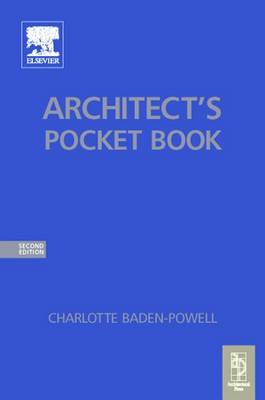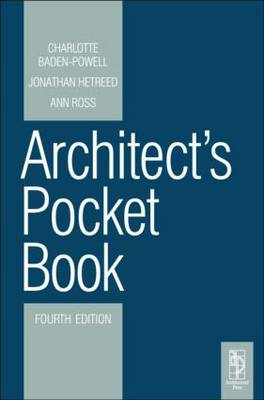Routledge Pocket Books
4 total works
Fully updated, practical text is complimented by clear diagrams and tables. The book features a wide ranging coverage, from planning permission and sustainability to steelwork and woodworm.
Focusing on kitchen design, this book is of use to the student as well as the experienced practitioner. It outlines all the information needed to design a workable kitchen, including ergonomics, services such as water and waste, appliances, and material choices for the floor, walls and ceiling. There is no similar compendium currently available.
She has written and lectured about the design of kitchens and bathrooms and is the author of "Fireplace Design and Construction". It saves you time by gathering together essential, useful and practical information for both the student and practising architect. It is invaluable to students whose theoretical courses do not prepare them for the practicalities of professional practice. It keeps you up to date by including 36 pages of new information looking at a broad range of current issues from bicycle parking spaces to types of paint.
Architect's Pocket Book 4E
by Jonathan Hetreed, Ann Ross, and Charlotte Baden-Powell
This handy pocket book brings together a wealth of useful information that architects need on a daily basis - on site or in the studio. It provides guidance on a range of tasks, from complying with the Building Regulations, including the recent revisions to Part L, to helping with planning, use of materials and detailing.
Compact and easy to use, the Architect's Pocket Book has sold well over 65,000 copies to the nation's architects, architecture students, designers and construction professionals who do not have an architectural background but need to understand the basics, fast.
This is the famous little blue book that you can't afford to be without.



